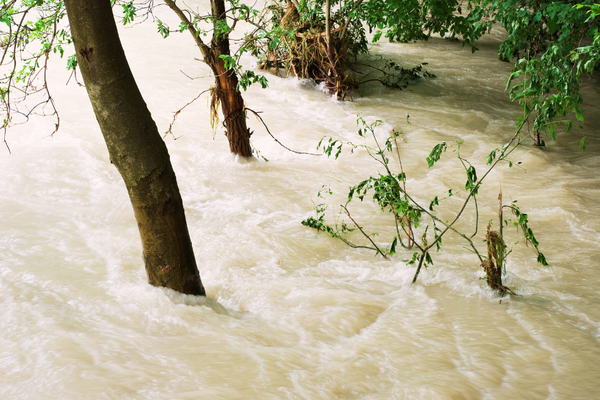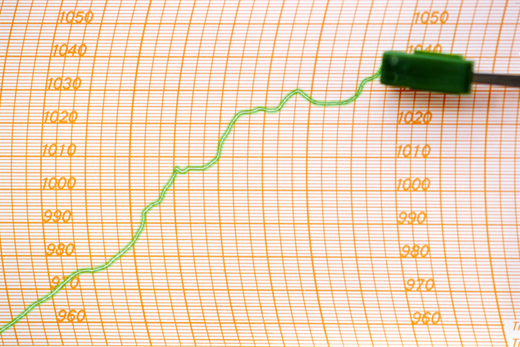What Will You Chart This Year?

3 minute read
As we embark on a new year, there's no better time to explore new hobbies. Imagine a leisure activity that not only enriches your understanding of meteorology but also fosters a deeper connection with the natural word around you. Welcome to the world of charting — a captivating journey into meteorological monitoring that promises to make 2024 a year to remember.
Charting requires an instrument to measure the weather parameter you are interested in, and a chart to record the values that you observe. These readings, over time, can create a fascinating picture of the changing climate we live in.
Browse Metcheck's Charts
Charting the Atmosphere:
The most popular type of chart we sell at Metcheck is, without a doubt, the barograph chart. Charting pressure using a barograph is a very popular pastime which requires a weekly commitment to tend to your barograph. The arm of your barograph is moved by the barograph drum, and the the pen at the end of this arm is what draws the mesmerising trace of pressure readings. You can use a metal barograph pen which you can fill manually with ink, or you can use a fibre-tip pen.
Each week, you change your barograph chart, and store the chart from the previous week in the chart box that we supply with each pack of Metcheck barograph charts. Don't forget barograph tape, to secure your barograph chart in place. You then reset your barograph for the week ahead, ready to witness the next dynamic dance of weather patterns.
Choosing the right barograph chart for your barograph can be tricky (many people inherit a barograph without any charts, or acquire an antique one). Luckily, Metcheck has a handy article to help you choose the correct chart from our library of options. In fact, we have a whole host of 'how to' articles to get you started.
Rain Gauge Revelations:
For those who want to chart a weather parameter that they can see out of their window, rainfall is an excellent choice, and our manual rain gauges are the perfect instruments for collecting precipitation.
A rain gauge is easy to install in your garden, and provides a wonderful daily mindfulness practice whereby you can manually empty your rain gauge and record the rainfall by hand on our ClimeMET CM5011 Rain Gauge Record Charts. With space to also graph your rainfall data, you'll have created a visual narrative of the weather before you know it. The information gathered not only provides key insights into the microclimate of your garden, but also allows you to make informed watering decisions for your plants.
Combined Weather Charts:
For those who crave a comprehensive approach to charting, our combined weather charts (including the ClimeMET CM5012 Chart and the Metcheck MET-N3 Weather Record Pad) are the ideal choice. Record general weather observations, including precise data such as minimum and maximum values, as well as observational data such as cloud cover, creating a holistic overview of your local climate. These all-inclusive charts are a canvas for your meteorological musings, allowing you to paint a vivid picture of your surroundings.
Conclusion:
At Metcheck, we provide the tools to embark on this captivating journey. Whether you choose the precision of a barograph, the simplicity of a rain gauge, or the comprehensive approach of a combined weather chart, charting offers a meaningful way to engage with the world around you. What will you chart this year? The possibilities are as boundless as the skies above.
Also in Metcheck News

Closing the Early Warning Gap with Metcheck
Extreme weather events are becoming more frequent and severe, making early warnings crucial. Unfortunately, access isn't universal.

Sunshine or Shadows? The Groundhog Decides
Will it be 6 more weeks of winter or will there be an early spring? Read on to find out more about this North American tradition.

Tempted to Photocopy Your Barograph Charts?
Wondering why your barograph chart is not recording the same after photocopying it? Check out our latest blog for the answers.
